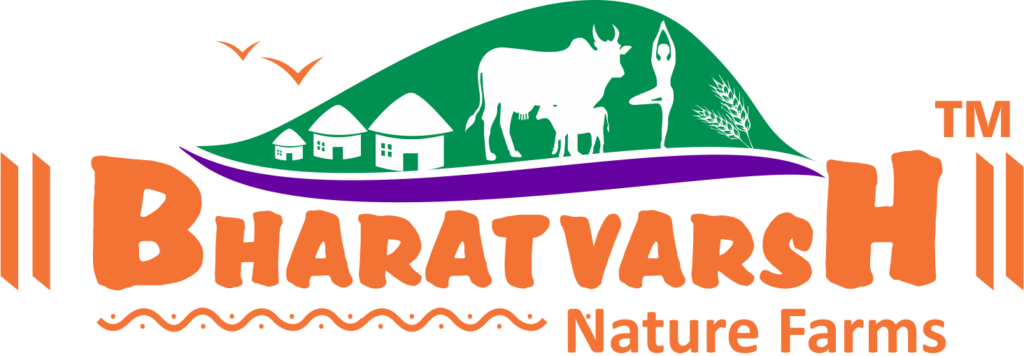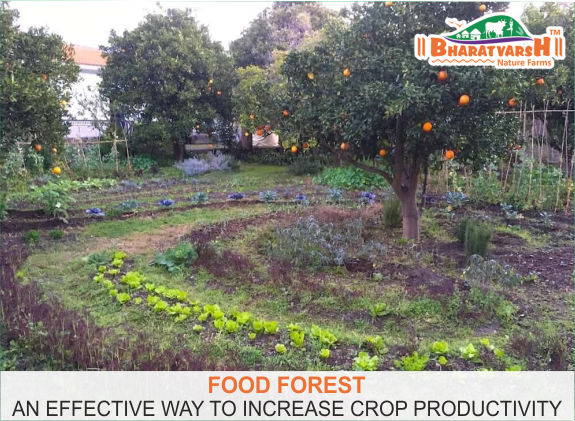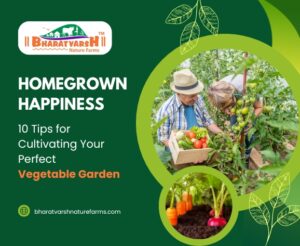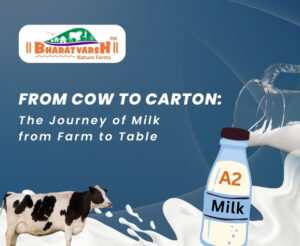For years, humans have been dependent upon forests for their food. These forests had all types of plants and they provided resources in abundance. As humans civilized, the need for food increased and the commercialization of agriculture was a priority. Food crops were grown to meet the food demand. With time, the human population increased at an alarming rate, and the demand for food also increased exponentially. Therefore, humans started clearing off forests and developing them into farmlands, dedicated to growing edible food crops. The forest cover decreased gradually, and more lands were converted into agricultural farms.
Recently, the new idea of food forests has been developed. The aim is to grow edible food plants by dedicating a vast expanse of land, especially for growing fruit-bearing plants, nut trees, shrubs, and herbs, which can directly help humans. So, if you are keen to learn about food forests and how they can be helpful, this article will surely be helpful to you:
What are food forests?
Food forests is just an alternate name for forest gardening. The idea is to cultivate forest ecosystems that can be helpful for producing human food. These forests can be created exclusively by planting useful trees in a huge area. Else, an existing forest can also be leveraged by integrating edible plants slowly. No matter if you create a new food forest or modify an existing forest area, they are designed to be regenerative and self-sustaining. The focus is to promote sustainable food production systems by creating forest-like structures, which requires minimal human intervention.
Another reason to promote food forests is that it has a positive impact on the environment too. There has been profuse deforestation to clear more area for farmland. This also has negative effects on the environment. With the disappearance of forests, there is a change in the climate too. Thus, people have been rethinking new ways to grow food and deal with the agrarian crisis. Resilient food forests can help in addressing these issues, improving productivity, and reducing irrigation needs.
Food Forest Design
The food forest also resembles natural forests. There are different layers of plants, starting from the canopy layer of tall trees, dwarf trees, bushes and shrubs, herbs, vines, and root crops. Multi-cropping can be done, and this has immense benefits as well. Local trees can be used as live fences. The advantage of food forest is that requirement of water is significantly low, and the quantity of the yield is quite large. Parched farms and rice fields can also be created around the food forest. The canopy of the trees creates a dense layer that helps in keeping the inside climate cooler.
Developing the food forest requires some planning. The horizontal space, as well as the vertical space, can be utilized effectively through optimized patterns and multiple layering. It encourages biodiversity too. The forests can sustain themselves easily and do not need extreme care and maintenance. You just need to plant the saplings and take care at the initial stage. Once they mature, they can grow easily and will need less labor too.
Benefits of Food Forest
There are different advantages of a food forest. Some of them are:
- Strengthen the soil structure
It helps in strengthening the soil structure and preserving the top layer of soil. Plants bind the soil with their roots. The soil quality also improves as the compost from the plants gets added to the soil naturally. The organic content of the soil also improves drastically.
- Offer climate resilience
Trees help in regulating the temperature They keep the temperature moderate even when the weather is extremely hot or cold. The water gets soaked up in case of heavy downpours and they also absorb moisture.
- Connect communities
The local communities can be involved in designing the food forest and taking care of and maintaining it. They can grow indigenous crops. The produce can be harvested with their help.
- Higher productivity
With high-density planting, the yield will also increase. Also, diverse food plants and crops will ensure that the supply is maintained throughout the year. Therefore, with a food forest, productivity is maximized, and maintenance is minimized.
- Natural Pest Control
There is no need to use chemicals and fertilizers for pest control in a food forest. Along with diverse plant species, the forests naturally accommodate different animal species too. Predatory insects, pests, bugs, birds, etc. function as natural predators.
- Natural Fertilizer
The need to use toxic chemicals to increase the productivity and fertilize the soil is also reduced. Compost, leaves, microorganisms, earthworms, etc. do the job of improving the quality of soil. They provide adequate nutrients and enrich the quality too.
- Encourage Biodiversity
As the food forest is a self-sustaining ecosystem, it accommodates a huge range of living organisms. There are plants in abundance, and they are of diverse variety. There are no monocultures. A natural synergy is created.
Suggested food crops for Food Forest
There are different layers of plants that can be added to the food forest. Some trees that have a deeper canopy are apple, mulberry, cherry, walnut, etc. Different shrubs that can be grown in the forest are rosemary, guava, lavender, roses, etc. For herns, you can grow parsley, oregano, mint, chives, fennel, etc. Root crops like beetroot, carrot, ginger, garlic, onion, potato, etc. Vines like grapes, watermelon, cucumbers, pumpkin, etc., can also be grown.
A growing Food Forest @ Bharatvarsh Nature Farms
If you want to explore food forests around the Nagpur region, then consider visiting Bharatvarsh Nature Farms. In an expansive stretch of greenery, zero budget natural farming is practiced. All types of plants, starting from fruits and vegetables, cereals and pulses, flowers are grown. The farms are adjoining the natural forest around and the food forest has been designed in 2 acres of area on farm. One can spend time with nature inside food forest, and learn about various native plant varieties as we have 100s of different fruit and vegetable plants growing in this food forest. You can also learn about organic farming, and can get immersed in the warmth of nature during your visit at our farm. You can even take-home different plant varieties from the nursery at our farm. Medicinal plants and decorative plants are also available.
Contact Us
If you are from Nagpur or Umred, you can plan a day picnic and visit our farm to spend time along with your family in the lap of nature. You can also buy our organic farm products at our farm. Our farm is located At Post, Virli Taluka Umred, Nagpur dist. – 441204 (MH)
Also, if you are interested in daily subscription and purchase of dairy products or organic produce from our farm.
You can always reach us through ? email: info@bharatvarshnaturefarms.com,
?Call Us @ 8603214214.
?Also Read : WHAT IS THE BEST PLANT NURSERY TO VISIT IN NAGPUR?




